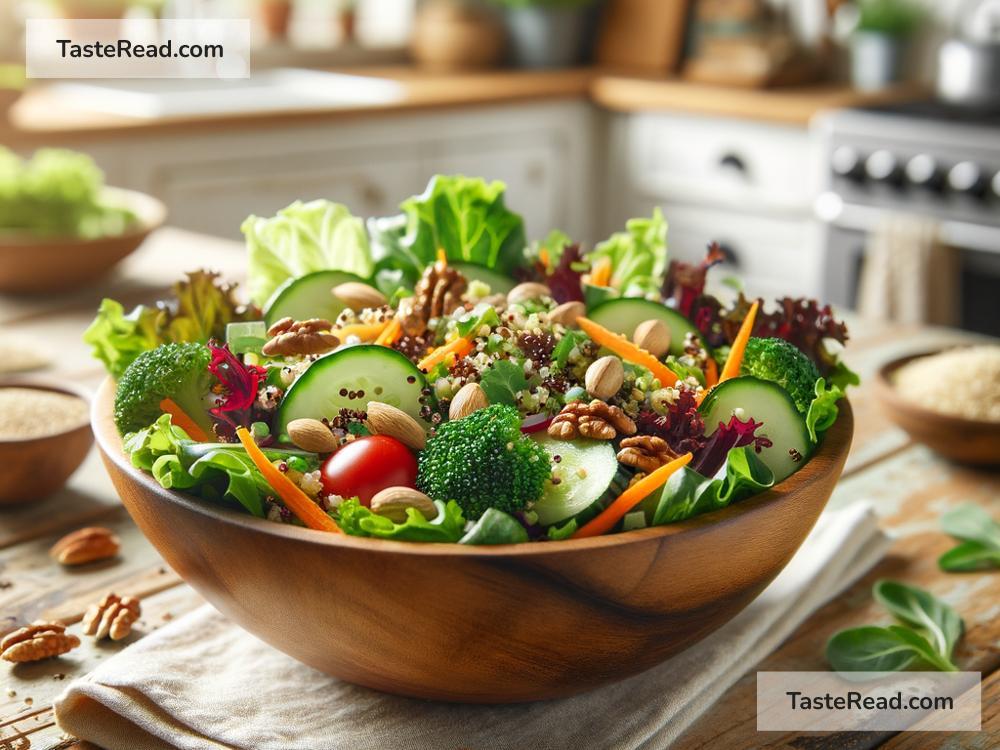Title: “Gluing Together Gluten-Free and Clean Eating: A Nutritional Match Made in Heaven?”
In this hustle-bustle world where the quest for healthier lifestyle choices is burgeoning, the concept of clean eating has become a beacon of hope for many. It’s all about embracing whole foods and saying a firm ‘no’ to anything that’s processed. Parallel to this wave, the gluten-free movement has also been gaining traction for its health benefits, especially among those with gluten intolerance or celiac disease. But here’s a thought – can these two health philosophies walk hand-in-hand? Let’s dive into how gluten-free diets align with the core principles of clean eating, creating a symphony of wholesome goodness.
The Common Ground
At the heart of both gluten-free and clean eating principles is the emphasis on natural, unprocessed foods. Clean eating encourages the consumption of fruits, vegetables, lean meats, and whole grains, while simultaneously advising against the intake of artificial ingredients and preservatives. Similarly, a gluten-free diet eliminates all foods containing gluten, which naturally nudges individuals towards less processed food options.
The Whole Foods Spotlight
A cornerstone shared by both diets is the strong emphasis on whole foods. For someone following a gluten-free diet, fruits and vegetables become go-to items, as they are naturally gluten-free and packed with essential nutrients. This emphasis on plant-based food items is a significant crossover point with clean eating, which advocates for a diet rooted in fruits and vegetables for their vitamins, minerals, and dietary fiber content. Both diets, in essence, spotlight whole foods for their nutritional benefits and minimal processing.
Grain Gain
Grains are where things get interesting. Clean eating is all about whole grains like quinoa, brown rice, and oats (gluten-free oats, to be precise), which are unrefined and retain their nutritional value. Similarly, people on gluten-free diets pivot towards these whole grains as alternatives to wheat, barley, and rye. This shift not only aligns with clean eating’s principles but also ensures that the dietary fiber intake is not compromised, a common concern in gluten-free diets.
Processing the Processed
Both clean eating and gluten-free diets have a bone to pick with processed foods — albeit for different reasons. Clean eating shuns processed foods due to their high preservative content and artificial ingredients, while gluten-free diets avoid them mainly because they often contain hidden sources of gluten. This mutual distaste for processed foods results in a diet that leans towards fresh, homemade meals, aligning both diets under the umbrella of health and wellness.
The Sweet Life
Reducing sugar intake is another principle where gluten-free and clean eating paths cross. Processed foods are notorious for hidden sugars, which clean eaters avoid diligently. Though not inherently a part of gluten-free requirements, by cutting down on processed foods, individuals on gluten-free diets inadvertently reduce their sugar intake, aligning once again with clean eating ideals.
The Pitfalls and How to Dodge Them
However, it’s not all smooth sailing. One common pitfall with gluten-free diets is the potential reliance on gluten-free processed foods, which can sometimes be just as unhealthy as their gluten-containing counterparts. These products often contain high amounts of sugar and fat to compensate for texture and flavor, straying from clean eating principles. The key to merging gluten-free with clean eating is to focus on naturally gluten-free whole foods and minimally processed ingredients.
The Takeaway
Gluten-free diets and clean eating share more common ground than one might initially think. Both advocate for a dietary pattern that emphasizes whole, unprocessed foods, plenty of fruits and vegetables, lean proteins, and healthy fats. By focusing on these principles, individuals navigating a gluten-free lifestyle can easily align with clean eating philosophies, harnessing the best of both worlds for optimal health.
In conclusion, whether you’re exploring a gluten-free diet out of necessity or choice, integrating it with clean eating principles can amplify your wellness journey. It’s not just about removing gluten from your diet; it’s about embracing a holistic approach to eating that champions nutritional quality and food integrity. So, embark on this dual-path journey with confidence, knowing you’re fueling your body with the cleanest, most wholesome foods out there. Remember, at the intersection of gluten-free and clean eating lies a path to healthier living — one delicious, nutrient-packed meal at a time.


